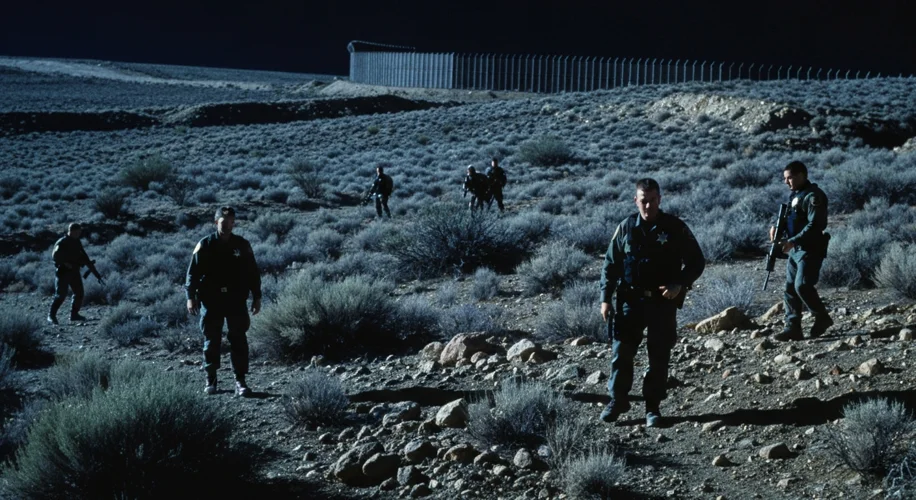The 1990s. A decade of dial-up internet, grunge music, and a relentless escalation of America’s “War on Drugs.” While often associated with crackdowns in urban centers, this intensified campaign cast a long, often harsh shadow over the nation’s borders, fundamentally reshaping the role and reality of the U.S. Border Patrol.
From the Reagan administration’s early pronouncements to the Clinton era’s substantial funding increases, the message was clear: drugs were a national security threat, and the border was the primary battleground. This ideological shift wasn’t just about interdiction; it was about a fundamental redefinition of who and what the Border Patrol was meant to be. No longer solely focused on agricultural pests or undocumented immigration, the agency became a frontline force in a declared war, armed with new mandates, expanded resources, and an ever-increasing presence.

The “War on Drugs” in the 1990s was characterized by a dramatic increase in personnel and technology deployed to the border. This era saw the implementation of “prevention through deterrence” strategies, which aimed to make crossing the border so difficult and dangerous that potential migrants and drug smugglers would be deterred entirely. This often translated into focusing enforcement on treacherous terrains like the deserts of Arizona and California, pushing people towards more perilous routes.
For the men and women of the Border Patrol, this meant a stark transformation in their daily operations. The romanticized image of a lone ranger on horseback gave way to heavily armed agents in rugged vehicles, equipped with night vision goggles, sophisticated surveillance technology, and an arsenal of less-than-lethal weapons. The pressure to interdict drugs and people intensified, leading to increased apprehension statistics becoming a key performance indicator. This often created a culture of urgency and a relentless pursuit, sometimes overshadowing due process and human considerations.
Communities living along the border, particularly in the Southwest, experienced the brunt of this intensified enforcement. Checkpoints became more common, and the military-style tactics employed by agents created an atmosphere of constant scrutiny and suspicion. For families separated by the border, visits became more fraught with anxiety, and the risk of being caught in the crossfire of drug interdiction operations loomed larger than ever.
The impact on individuals apprehended at the border was also profound. Increased penalties for drug offenses and a stricter stance on immigration meant that many, including asylum seekers fleeing violence, faced lengthy detentions and deportations with little recourse. The line between a drug trafficker and a desperate migrant seeking a better life often blurred in the eyes of an overwhelmed system.
Historians point to this period as a critical turning point for the Border Patrol. The agency grew exponentially in size and scope, becoming one of the largest federal law enforcement organizations. The militarization of the border, with its physical barriers, advanced surveillance, and heavily armed agents, became a defining feature of the landscape. This era cemented the Border Patrol’s role not just as a guardian of sovereign territory, but as a key player in the nation’s complex and controversial drug interdiction efforts.
The legacy of the 1990s “War on Drugs” at the border is a complex tapestry of increased security, heightened tensions, and significant human cost. It transformed an agency, reshaped border communities, and left an indelible mark on the lives of countless individuals caught in its relentless pursuit. The echoes of this intensified campaign continue to reverberate today, shaping contemporary debates about immigration, security, and the very definition of who is welcomed at America’s doorstep.

